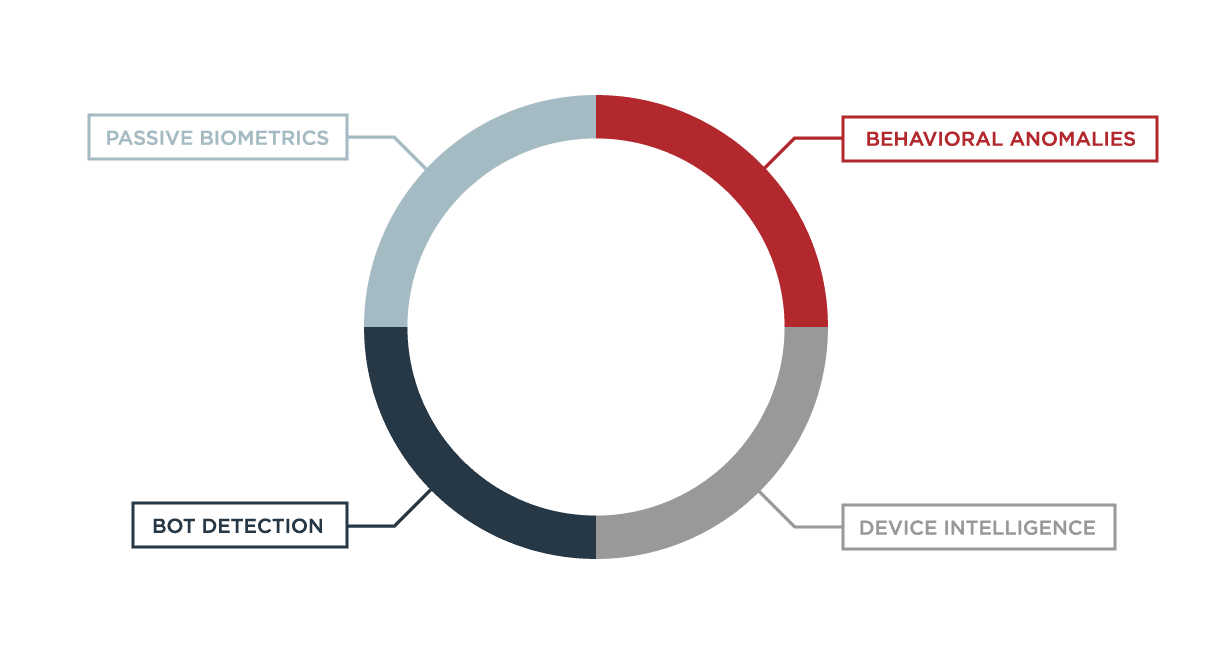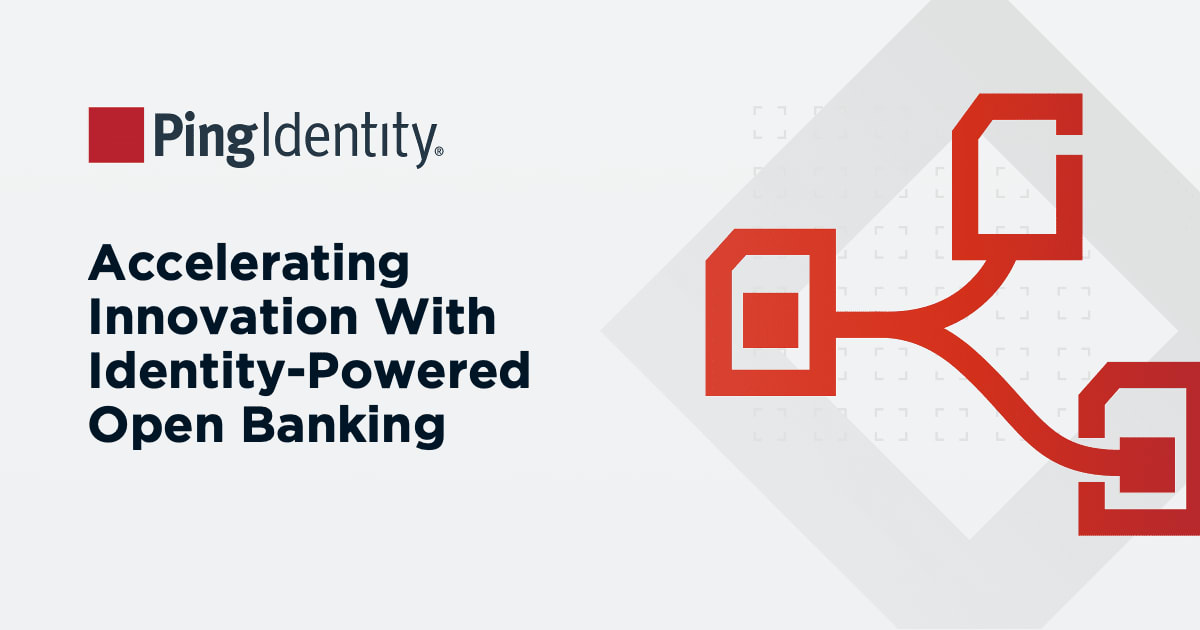Cybercriminals are creative, and there are myriad ways they work to defraud individuals and organizations. When online fraud detection and prevention methods evolve to slow or stop specific schemes, fraudsters modify their approach to circumvent that detection technique.
The ability of cybercriminals to adapt and adjust when their techniques are exposed and accounted for means that classic online fraud detection solutions can struggle to detect fraudulent activity.
The way people go about committing fraud can be broken generally into either manual or automated efforts. Manual attempts involve individuals using the internet to hack into systems or gain access to information they use to impersonate legitimate users. Automated attempts involve programming bots or emulators to speed up and scale up efforts to access and use systems and information.
Bots or automated scripts perform simple, repetitive tasks quickly and at scale. Emulators are programs that mimic mobile devices from desktop computers. They are used separately in most cases but can be used together.
Some of these approaches include:
Account Takeover Fraud (ATO)
Account takeover (ATO) uses existing, legitimate accounts and their stored (or stolen) credit card information and loyalty points. A fraudster gains access to the account, makes purchases, and can use or resell the merchandise, seek refunds or stick a merchant with chargebacks. A form of account takeover fraud, business e-mail compromise (BED), where someone gains illicit access to a business’s email account and makes unauthorized fund transfers, remained the costliest form of fraud in 2023, with losses due to identity theft totaling over $635 billion and account takeover attacks up 354% year-over-year.6
26% of companies are targeted by weekly ATO attempts7
New Account Fraud
New account fraud or account creation attacks set up new accounts using stolen credit card information to pay, often while abusing coupons, loyalty points and referral programs to make purchases. They then can seek refunds and always leave merchants liable for chargebacks.
Losses to new account fraud totaled $3.2 billion in 20228
Checkout Fraud
Checkout fraud, or guest checkout fraud, uses stolen credit card information and the “Guest Checkout” option on websites for customers who don’t wish to register for an account. This allows fraudsters to sidestep identity verification checks when using stolen credit card information. They often use bots to automate testing stolen card numbers on a website, then manually use the same card information on different sites (sometimes weeks later) along with discount codes to look like legitimate customers. This is also known as CNP fraud, or “card-not-present” fraud.
Merchant losses due to payment fraud are expected to reach $362 billion between
2023 and 20289
Authorized Push Payment (APP) Fraud
Authorized push payment (APP) fraud is based on imposter scams where fraudsters trick victims into sending them cash payments. APP fraud often relies on mobile applications like Venmo or Zelle to transfer money directly from a victim’s account to a fraudster's account. Since transactions with applications like Venmo are treated like cash, they are nearly impossible to reverse. One of the most common APP scams is pretending to sell a fake product, while offering a deep discount for using Venmo or Zelle to pay.
By 2027, APP fraud is predicted to exceed $3.03 billion in the US, $1.5 billion in Australia, and $934.7 million in the UK.10
Other Common Challenges
There are also other types of attacks that can harm organizations doing business online. They aren’t as straightforward as fraudulent transactions, but all are ultimately detrimental and can lead to financial loss, reputational damage, and other problems.
Checkout Abuse
Checkout abuse is the ecommerce equivalent to ticket scalping, and it is used to do that, among other things. Fraudsters use an automated script to buy a volume of high-end, limited-edition products in minutes or seconds, depleting legitimate merchants’ inventories. Then they resell those items for much higher prices.
Inventory Hoarding
Inventory hoarding uses bots to put products in shopping carts, skewing inventory data and making products appear to be out of stock. Bots can also redirect customers to competitors’ websites during busy shopping periods like Black Friday and the rest of the holiday season. Bots can wipe out inventory of an item in as little as two seconds, and up to 40 percent of traffic to online shopping carts is from bad bots.11
Loyalty Fraud
Loyalty fraud exploits businesses that offer loyalty programs and reward points. A common scenario is fraudsters employing ATO to steal points, which can have real financial value, particularly in the travel and hospitality industry. To illustrate, a customer might receive an email from a criminal posing as an airline advertising a new promotion. Once the user types their login info to the fake site, the fraudster quickly takes the stolen credentials and uses them to drain the real account of points. While the travel industry has long been a target of loyalty fraud, any business with reward points could be a target. With this fraud, criminals take advantage of the fact that consumers often don’t monitor their loyalty points - sometimes letting crimes go undetected.
Promo & Bonus Abuse
Promo and bonus abuse fraud occurs when criminals create multiple fake accounts to take advantage of bonuses and promotions offered to new customers. While this type of fraud is widespread in the online gambling industry, it can occur anywhere that businesses offer financial incentives for new account signups. While simple in nature, promo and bonus abuse fraud can be extremely lucrative when conducted at scale.
Because fraudsters have become more sophisticated and agile in their responses to efforts to detect and stop their schemes, classic online fraud detection approaches struggle to detect these more complex approaches. At an increasing rate, fraudsters have worked to bypass detection tools through efforts to emulate legitimate customers.




